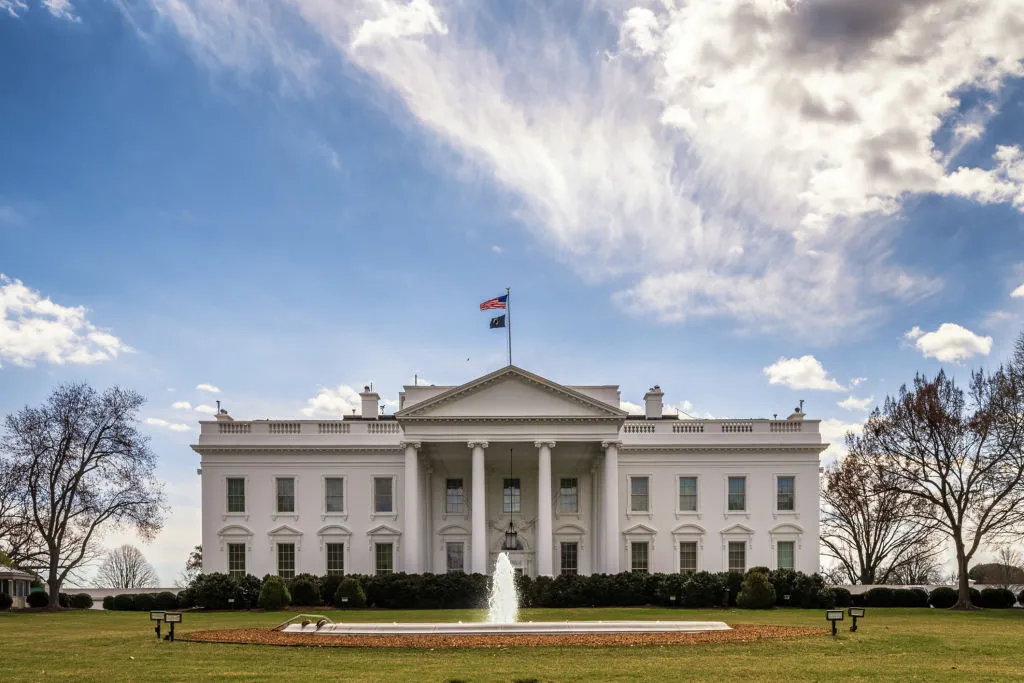Amid the United States government shutdown, it can be difficult to keep track of what is open and closed, as states, institutions, and parks follow different protocols.
Since Congress failed to reach an agreement on funding, as of October 1, the US government has been shutdown. As such, a number of government agencies and programs came to a screeching halt. This can include museums and historic sites as well as national parks, among other venues.
Though most outdoor parks and monuments remain accessible to the public, many are missing staff and workers who run tours and visitors centers. Despite an outlined contingency plan for national parks, for example, the lack of uniformity has left some shuttered while others are still open with suspended or limited services, with some states even stepping in to keep the parks running.
The last government shutdown in 2018, under the first Trump presidency, lasted a record 35 days, with several national parks reporting significant damage that occurred during their closures and that delayed their reopening.
“Keeping our national parks open after Trump and Republicans forced a government shutdown is stupid, short-sighted and incredibly dangerous,” Stephanie Kurose, deputy director of government affairs at the nonprofit conservation-focused Center for Biological Diversity, said in a statement. “We’ve seen the irreparable harm that can happen when our parks go understaffed. Vandalism, trash and human waste will tarnish natural treasures that are the envy of the world. But apparently nothing says ‘Make America Great Again’ like turning Yosemite into one giant toilet.”
Bill Wade, executive director of the Association of National Park Rangers, told the Washington Post that the parks were already operating with minimal employees due to an almost 25 percent reduction to permanent National Park Service staffers that took place earlier this year.
The National Parks stand to lose more than $1 million in fee revenue per day during the closure, according to the National Parks Conservation Association. This loss in revenue was echoed in an information sheet from the American Alliance of Museums, which cited a total loss of $5 billion in the last shutdown, with an estimated loss of between $10 million and $11 million in revenue for the National Parks, as well as a loss $3.4 million in gross revenue for the Smithsonian Institution, which operates 21 museums and a zoo, among other sites.
“Be a little bit more careful, so you don’t get in trouble and have to rely on an already very short-staffed park,” Wade advised, also noting that, aside from revenue loss and staff shortages, search-and-rescue or law enforcement response times might be slower than usual, too.
This forewarning is important for those still planning to visit national sites during the ongoing shutdown.
In the nation’s capital, a number of sites like the Library of Congress, the National Archives Museum, the Washington Monument, and the National Arboretum have been closed since the start of the shutdown, while tours of the Capitol Building and the Pentagon have been suspended, according to the nonprofit Destination DC, which promotes tourism in Washington, D.C.
Smithsonian–run institutions, however, remain open using funds from previous years through October 11. Should the shutdown last beyond that date, the Smithsonian will also close. Open-air memorials and monuments, including the National Mall, are still open to the public under the National Park Service contingency plan.
Some sites managed by the National Park Service remain open while others are closed. In New York, both the Statue of Liberty and Ellis Island continue to be open, with tickets still available for purchase. As part of the Smithsonian Institution, the National Museum of the American Indian will remain open through October 11. The Cooper Hewitt, Smithsonian Design Museum, as well as its garden, shop, and cafe are also open, but the galleries were previously expected to be closed for installation through November 20.
Though some flag the government shutdown warning, it is unclear whether the African Burial Ground National Monument, Grant’s Tomb, Hamilton Grange, and Wall Street’s Federal Hall sites are open or closed. Phone calls placed to these sites either went unanswered or redirected visitors to their websites for operation hours.
Visitors to historic Philadelphia may be disappointed to learn that several landmarks in the city have closed, including the Liberty Bell Center, Independence Hall, and the Benjamin Franklin Museum, per Visit Philadelphia.
The tram to observation deck of the Gateway Arch in St. Louis has also been suspended, with all ticketed events canceled until further notice, according to the park’s website.
As a NASA contractor, the Kennedy Space Center in Merritt Island, Florida, remains open, with exhibits and attractions like the bus tour still available, per its website.
Mount Rushmore travelers can still visit the South Dakota national memorial as usual with facilities like its restrooms, restaurants, and gift shop still open.
Historic sites in Hawaii, including Pearl Harbor National Memorial, are expected to stay open and operate at normal hours.
While these are simply a few examples across the country, it is pertinent visitors double check information before heading to any government and publicly funded sites.
